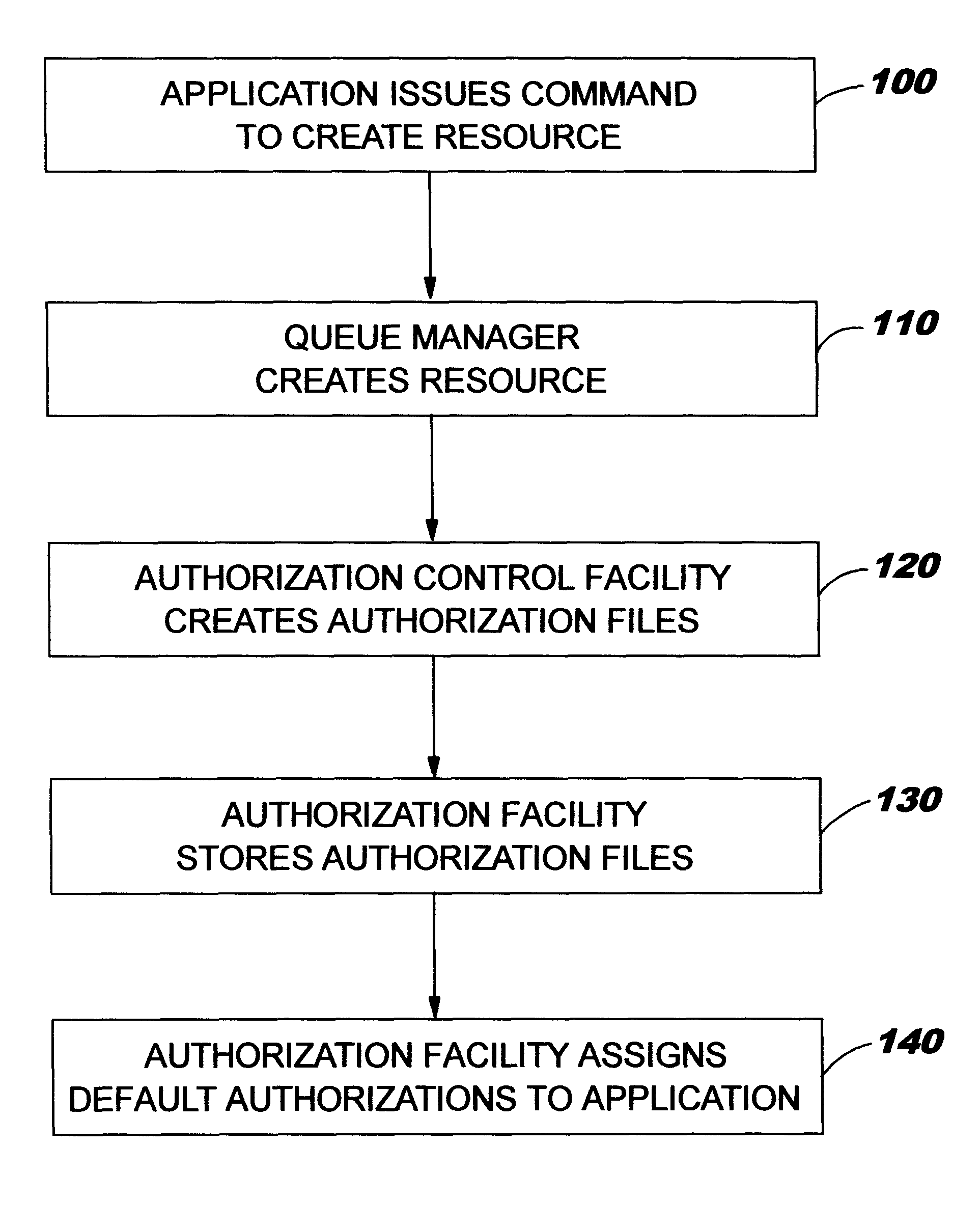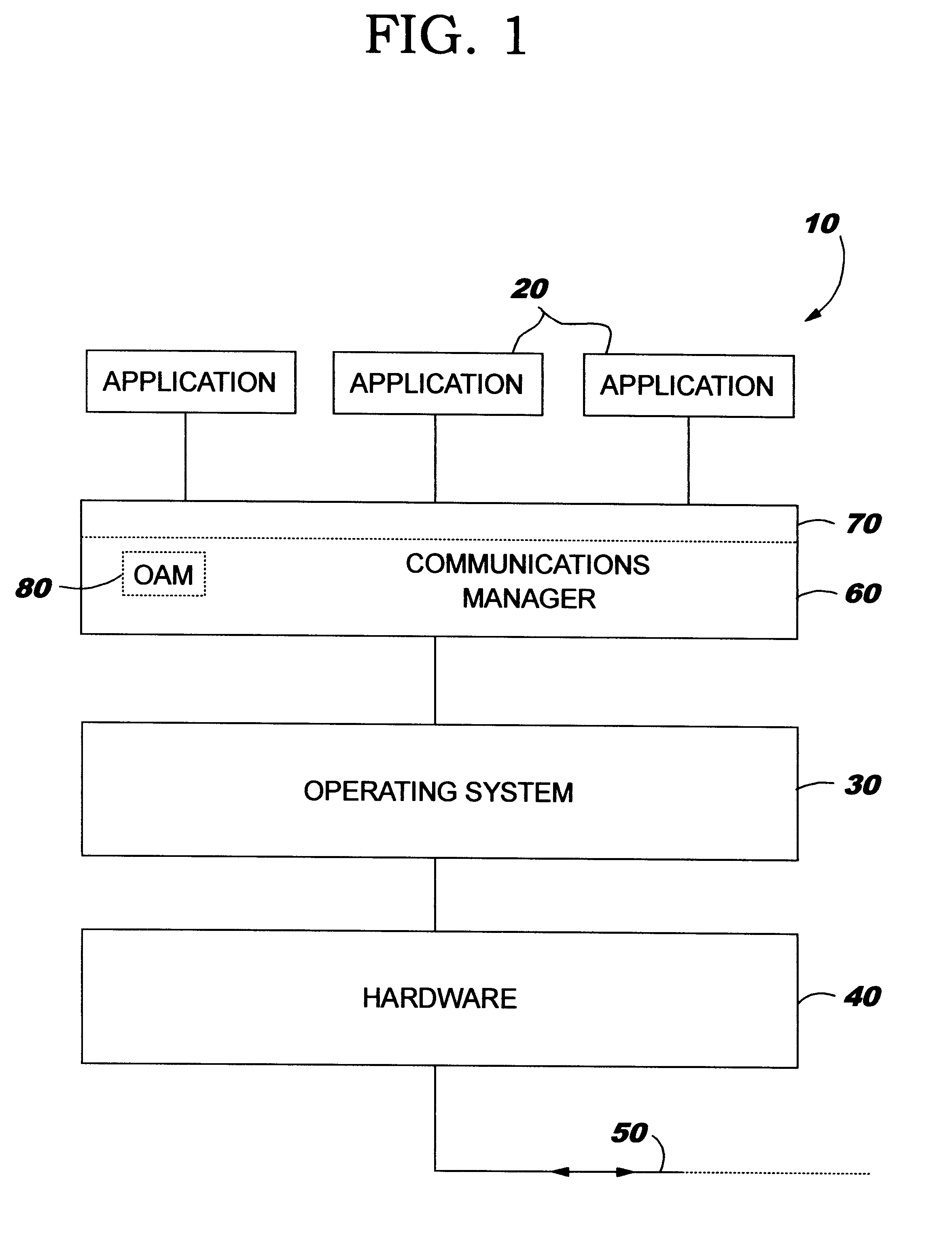Enhanced security for computer system resources with a resource access authorization control facility that creates files and provides increased granularity of resource permission
a technology of resource access authorization and control facility, which is applied in the direction of specific access rights, multi-programming arrangements, instruments, etc., can solve the problems of not all operating systems providing security facilities of such sophistication, and the problem of providing effective and comprehensive security is compounded
- Summary
- Abstract
- Description
- Claims
- Application Information
AI Technical Summary
Benefits of technology
Problems solved by technology
Method used
Image
Examples
Embodiment Construction
The present invention will now be described in more detail, by way of examples, with reference to the accompanying drawings in which:
FIG. 1 is a schematic representation of the layered structure of a data processing system; and
FIG. 2 is an overview representation of the sequence of steps of a method of implementing authorisation control according to an embodiment of the invention.
FIG. 1 is a simplified schematic representation of a computer system showing the layered structure of the major system components. A typical distributed data processing network comprises a plurality of disparate computer systems 10, which may range from desktop systems to mainframe systems, each of which has particular application programs 20 running on the system which applications are adapted to the particular operating system 30 of the system on which they run. To enable the applications to exchange information across the network links 50, the applications themselves often have facilities enabling them t...
PUM
 Login to View More
Login to View More Abstract
Description
Claims
Application Information
 Login to View More
Login to View More - R&D
- Intellectual Property
- Life Sciences
- Materials
- Tech Scout
- Unparalleled Data Quality
- Higher Quality Content
- 60% Fewer Hallucinations
Browse by: Latest US Patents, China's latest patents, Technical Efficacy Thesaurus, Application Domain, Technology Topic, Popular Technical Reports.
© 2025 PatSnap. All rights reserved.Legal|Privacy policy|Modern Slavery Act Transparency Statement|Sitemap|About US| Contact US: help@patsnap.com



